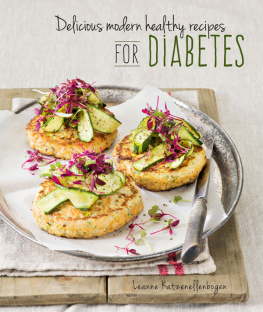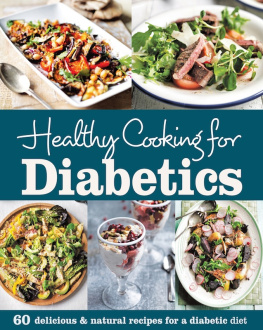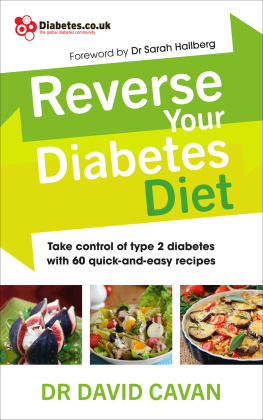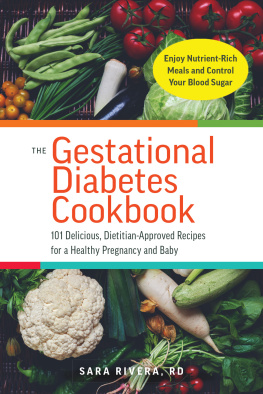
Published in 2017 by Struik Lifestyle, an imprint of Penguin Random House South Africa (Pty) Ltd
Company Reg. No. 1953/000441/07
The Estuaries, 4 Oxbow Crescent, Century Avenue, Century City 7441, Cape Town, South Africa
PO Box 1144, Cape Town, 8000, South Africa
www.penguinrandomhouse.co.za
Copyright in published edition: Penguin Random House South Africa (Pty) Ltd 2017
Copyright in text: Leanne Katzenellenbogen 2017
Copyright in photographs: Penguin Random House South Africa 2017
All rights reserved. No part of this publication may be reproduced, stored in a retrieval system or transmitted, in any form or by any means, electronic, mechanical, photocopying, recording or otherwise, without the prior written permission of the publishers and the copyright holders.
PUBLISHER: Linda de Villiers
MANAGING EDITOR: Cecilia Barfield
DESIGN MANAGER: Beverley Dodd
DESIGNER: Helen Henn
PHOTOGRAPHER: Denver Hendricks
except p161 by Myburgh du Plessis
STYLIST : Sarah Dall
STYLISTS ASSISTANTS: Esme Retief and Robyn Thompson
EDITOR AND INDEXER: Gill Gordon
PROOFREADER: Anita van Zyl
Print ISBN 978-1-43230-701-1
CONTENTS
INTRODUCTION
Diabetes, in particular Type 2 diabetes, is on the increase worldwide. The International Diabetes Federation (IDF) estimates that about 415 million people have diabetes (including 3 million in South Africa) and that by 2030, there could be over 500 million people living with diabetes. The reasons for this include increased urbanization, a growing portion of the population that is ageing, lack of regular exercise and poor eating habits. As individuals, we cant halt urbanization or stop the ageing process, but we can take steps to improve our own health. When it comes to managing diabetes, there are several things we can do to achieve optimal blood sugar levels, including changing the way we eat.
Carbohydrates are a necessary part of our diet. The amount of carbohydrates we need each day depends on factors such as age, activity level and health goals (weight loss, improved blood glucose control, or increased energy). Carbohydrates include breads made from all types of flour (loaves, rolls, flatbreads, wraps), rice, pasta, couscous, oats, quinoa, pap (maize meal, polenta), mealies (maize, corn, popcorn), breakfast cereals, crackers, crispbreads, biscuits, cakes and cookies, and most snack foods. Starchy vegetables (potatoes, sweet potatoes, pumpkin, butternut) and fresh fruit also contribute to the carb load or glycaemic load ( see below).
It is important to choose appropriate portions. One portion of carbohydrate equals 1520 grams. A handy guideline is to limit carb your intake to 3060 grams for main meals and 1530 grams for snacks.
Your diabetes medication, the amount of exercise you do, and your body size can all impact on the amount of carbohydrate you need to maintain your blood sugar levels within the normal range. To find the right balance, test your blood sugar before and/or two hours after meals until it is stable (after which you can test less often). Doing this will enable you to feel your best and lower your risk of complications. Even if you are on medication to lower your blood sugar, dont cut out carbs altogether, as this can cause it to drop too low.
Sugar (sucrose) should not comprise more than 34 per cent of total calories in a diabetic diet. You can substitute small amounts of sugar for other carb-containing foods in your meal plan and still keep your blood glucose levels on track.
Sugar substitutes and artificial sweeteners (aspartame, sucralose, stevia, etc.) are much sweeter than sugar, so only a small amount is needed. Non-nutritive sweeteners are usually calorie-free, but you should always check the food labels. Although there is some controversy over sweeteners, they are useful in a diabetic diet because they are weight and blood sugar neutral. Sugar alcohols (mannitol, xylitol) have fewer calories than sugar and therefore less impact on blood sugar levels but they can be quite high in carbs, so may not be ideal if you are trying to lose weight.
Protein derives from animals and plants. A balanced meal plan incorporates 60150 grams of animal-based protein per main meal. Meat doesnt contain carbs so it doesnt raise blood glucose levels appreciably, but protein-based foods can vary significantly in terms of their fat content. Always choose lean red meat, white fish or skinless white-meat chicken and read the labels on packaged foods to make sure you select the lowest fat options. Limit eggs to 34 a week.
Plant-based proteins include legumes (lentils, dried beans, chickpeas), soy beans and tofu, all of which provide quality protein, healthy fats and fibre. However, legumes are high in carbs, so monitor portion size, particularly if you consume carbs and legumes together (for example, if a curry contains chickpeas and potatoes, dont add rice or roti as well).
Dairy products include milk, cream, ice cream, yoghurt, and milk- or yoghurt-based drinks and shakes, as well as non-dairy substitutes (such as soya milk or almond milk and non-dairy cream). Choose dairy products that are low fat or fat free to help control your overall sugar and fat levels.
Lactose is a natural sugar found in milk products but the nutritional values stated on product packaging generally dont distinguish between different types of sugars.
Fat is energy-dense, so limit the amount you consume to avoid unwanted weight gain, and choose monounsaturated or polyunsatured fats. Saturated fats (butter, cheese, visible fat on meat, chicken skin, coconut oil, and palm kernel oil used in baked goods and confectionary), are responsible for increasing cholesterol and blood sugar levels.
Monounsaturated fats , found in plant-based oils (olive oil, canola oil, peanut butter, avocados), help increase levels of good cholesterol and lower levels of bad cholesterol.
Polyunsaturated fats occur in oily fish (trout, salmon, sardines, tuna, mackerel), seeds (sunflower, flax) and grains. Eating oily fish twice per week can help lower levels of bad cholesterol.
Fruit and vegetables should play a major role in our diets. Everyone should aim to eat five or more portions of fruit and/or vegetables each day (although diabetics should limit fruit to one portion per meal or snack). Eat plenty of low carb green vegetables and salads, but watch out for high carb starchy veg, like butternut, pumpkin, carrots and sweetcorn; you dont have to exclude them, but you do need to factor them into the total carb content of the meal. Vegetables are packed with vitamins and minerals, and can make a meal more filling. To avoid adding extra kilojoules, use low-fat cooking methods (grill, roast, braai, saut, stir-fry) and dont add butter, cream, sour cream or sugar to your vegetables.
Salt has been linked to high blood pressure. Use it sparingly in cooking and limit the amount you add to food. Beware of hidden salt in many convenience and pre-packed foods. Rather, flavour foods with fresh or dried herbs, pepper and pure spices (not spice blends, which often have a lot of salt). One way to cut down on salt is to use it either when preparing food, or add it at the table, but not both.
Water is the best drink for quenching thirst: tap water, or still or sparkling mineral water (not flavoured water, which is often sweetened). Diabetics can consume sugar-free cordials or carbonated drinks as part of a meal plan. Tea and coffee contain caffeine, so should be limited to four cups a day, but caffeine-free rooibos and herbal teas can be freely enjoyed.
Avoid pure fruit juices and fruit juice blends, carbonated soft drinks (cola, ginger beer, lemonade, etc.) and energy drinks. Beware of beverages that proclaim no added sugar; just because sugar isnt added doesnt mean it isnt present!
Next page









